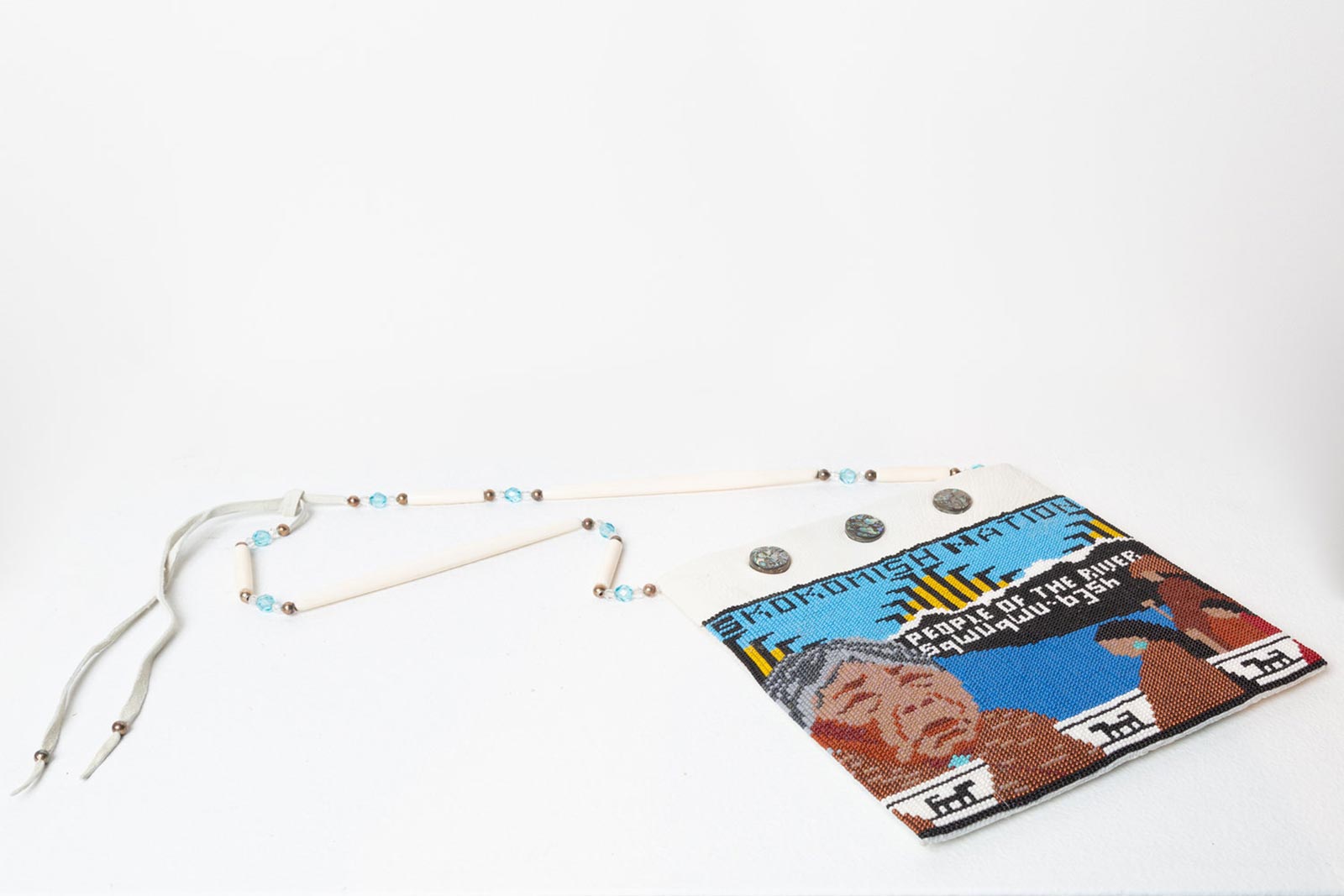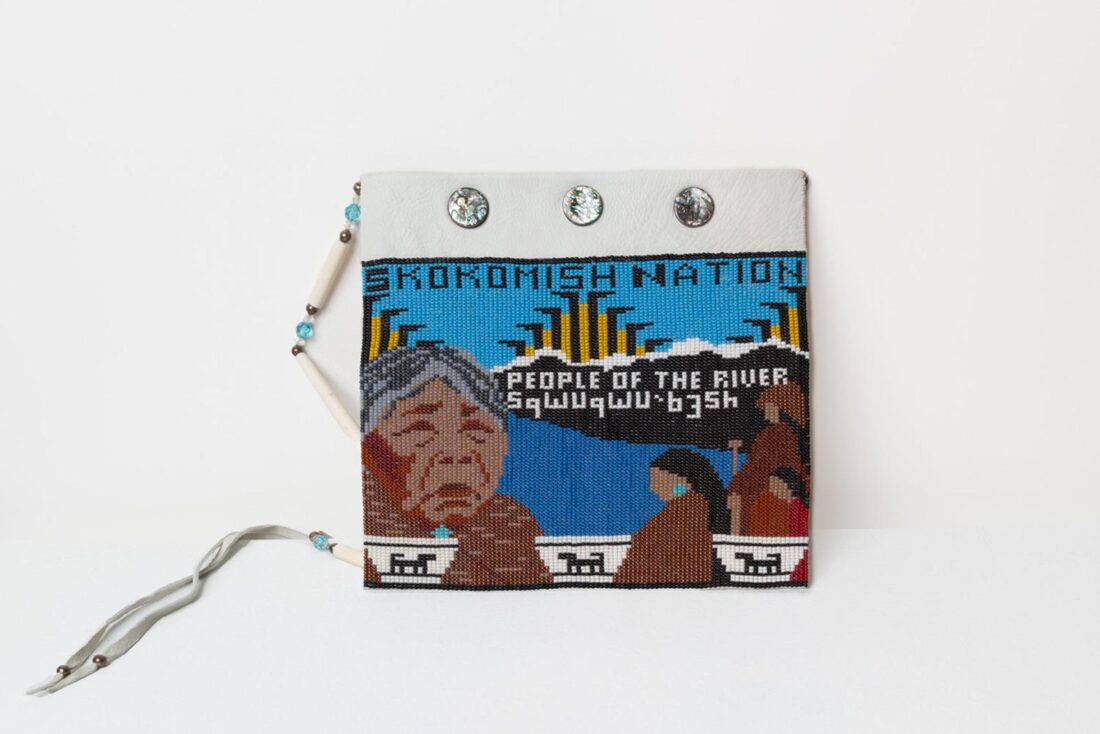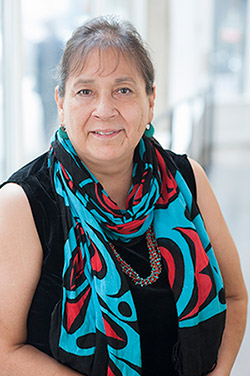Indigenous Peoples’ Day Spotlight: Denise Emerson

In 2021, Joe Biden became the first U.S. president to officially recognize Indigenous Peoples’ Day, proclaiming that “For generations, Federal policies systematically sought to assimilate and displace Native people and eradicate Native cultures. Today, we recognize Indigenous peoples’ resilience and strength as well as the immeasurable positive impact that they have made on every aspect of American society.” 1
This October 10th, King County and 4Culture also observe Indigenous Peoples’ Day by acknowledging and talking about the violent history of colonization in the Western hemisphere.
With gratitude, we work on the ancestral and unceded lands and waters of Lushootseed-speaking peoples, especially of the Duwamish, Muckleshoot, Puyallup, Snoqualmie, Suquamish, and Tulalip tribes, as well as those whose names we do not know. Today, many Indigenous peoples live and thrive here. We commit to repairing the harmful historic relationship between 4Culture and Native peoples in King County through cultural funding and commissioning opportunities that prioritize Indigenous communities.
As an extension of this charge, we’ve acquired original beadwork by Denise Emerson for the King County Public Art Collection. People of the River, 2016, is made of seed beads, bone, shell, and suede.


Denise was born in Shelton, WA and currently resides in Burien, WA. She is the eldest daughter of Bertha Allen who was an enrolled Twana (Skokomish) Tribal Member and Danny Emerson, Sr. who was an enrolled Diné (Navajo) Tribal Member. The imagery in her work is based on familial relationships and, by extension, these dual cultural influences. Trained as a graphic designer, she also merges contemporary practices with traditional methodologies.
“My parents taught me that I am here because of my ancestors, that I belong to two rich cultures. I designed this composition to represent the Twana people, also known as the Skokomish Nation. As a small tribe, our cultures and our treaties are not often talked about. I hope to change that.
The Elder Skokomish woman (left) is named Hleastunuh, the second person is titled, “the Skokomish Indian Chief’s Daughter”, and the third and fourth Skokomish tribal members are at a fishing camp. I love the details in the Elder woman’s face, hair, and cape. I illustrated these details to show her beauty… She reminds me of my mother’s older sister, Elsie. In the background, I used Skokomish symbolism representing salmon gills as my stand-in for a rising sun. Symbolism is in all of my beadwork. The three baskets in the front depict the Skok dog symbol. This is in reference to the use of dog hair in historical weaving. The text in the mountain range in English reads, “People of the River” and below in Twana language is written, “People of the River”. Finally, below the shell border is the text “Skokomish Nation”.
You can see more of Denise’s work at etsy.com.
1 What is Indigenous Peoples’ Day? – The New York Times (nytimes.com)
